Tektronix
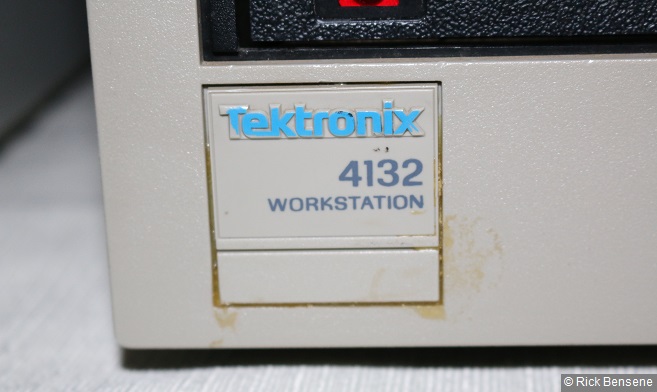
Fig. 1. 2017 and it still exists - thanks to Rick!
Until August 2016 my knowledge about computers from Tektronix was very, very limited. I read a wikipedia article saying that there was a machine called Tektonix 6130 based on a Series 32000 processor. That was all.
The situation changed completly when I came into contact with Rick Bensene (Thanks to Ed!). He spent most of his free time with old numerical calculators. The rest is given to some old computers like PDP 8/e and PDP 11/34A systems, a Sun 4/280 server system, an Altair 8800 and IMSAI 8080, an Apple II+, some other and ... Tektronix Series 32000 computers! This was the information which I never expected to get. But sometimes there is luck :-)
Please have a look at Miscellaneous/Stories/Rick to read more about Rick and his Series 32000 story.
Rick has a website for his calculator hobby: The Old Calculator Museum. He has the same feeling like me: it becomes difficult to find any stuff being 25 years old or even older. Rick wrote an email to me in August 2016 about the Tektronix 6130 and the Tektronix 4132. His email was full of informations and it is easier to simply present it here then to rewrite the content. Please note that the information is just from Rick's memory and may contain faults after all these years. The reader should take it as such.
"The 4132 is a follow-on to the 6130. It eliminated the ST-506 disk interface in favor of a SCSI controller built onto the processor board. That was the main change, but there were other changes that improved performance, yet retained backward compatibility (for the most part) with peripheral interface boards that worked in the 6130. The GPIB interface was also improved significantly. UTek (the Berkeley 4.2 Unix-based OS that ran on these machines) was substantially modified for the 4132 because of the disk I/O changes. Thus, the UTek that ran on the 6130 is not suitable to run on the 4132.
Prior to the 6130 and 4132, there was an earlier machine based on the 32032 called the 6205. Rather than being a desktop machine, it was a "desk-side" server-class machine with integrated high-performance graphics. The 6205, though, was not very successful, and didn't really have much of a market lifetime. They are quite uncommon today, as are all of Tektronix' National 32000-Series machines.
The sad part is that the old 3M DC-300 media and floppies that UTek was distributed on have generally succumbed to time. The floppies that the standalone utilities and miniroot filesystems were distributed on were rather cheap grade, and suffer from oxide loss making them unreadable, and the DC-300 tape cartridges, unless regularly re-tensioned, generally end up with the data corrupted from "print-through" caused by the tape being so tightly packed together that the magnetic domains interact with each other causing corruption. That, plus the tension bands in the tape cartridges tended to break when trying to use the tapes, causing the tape to get mangled. So far, I've not found any UTek media for either the 6130 or 4132 that is usable."
Rick worked for Tektronix in the 1980's and gave a good explanation why the Tektronix computer systems are very hard to find today:
"Also, Tektronix was firstly an instrumentation company making great oscilloscopes and test equipment. They never really were able to leverage the amazing expertise that they had in the area of computers... the sales and marketing organizations just didn't have a clue how to sell computers. So, the Tektronix computer products (with the exception of the 4051/4052/4054 computers (which were marketed as "test system controllers") and the graphics terminals were all that had any success) never really made the company any money, and as a result, the product lifetimes of many of the computer products was quite short."
In Summer 2016 Rick decided to blow away the dust from his 4132. The question was "Is it still running?" . In November I got an email from him telling great news:
"The night before last, I stayed up until well after midnight working on the 4132.
I am happy to report that I've got it up and running quite nicely, with a UTek 3.0 environment.
The system is configured with:
He faced quite some problems during bringup, for example:
"I also had to deal with a pesky tantalum capacitor on the Wangtek tape drive control board that blew as soon as I placed power to it. It didn't hurt anything, but had to find an appropriate replacement part to replace the blown (loud BANG and smoke) tantalum capacitor."
More of the problems can be found in his story. He finished his email with the sentence:
"Pretty cool to see this old girl running again after so many years."
This statement is absolutly true! Congratulations for this achievement!
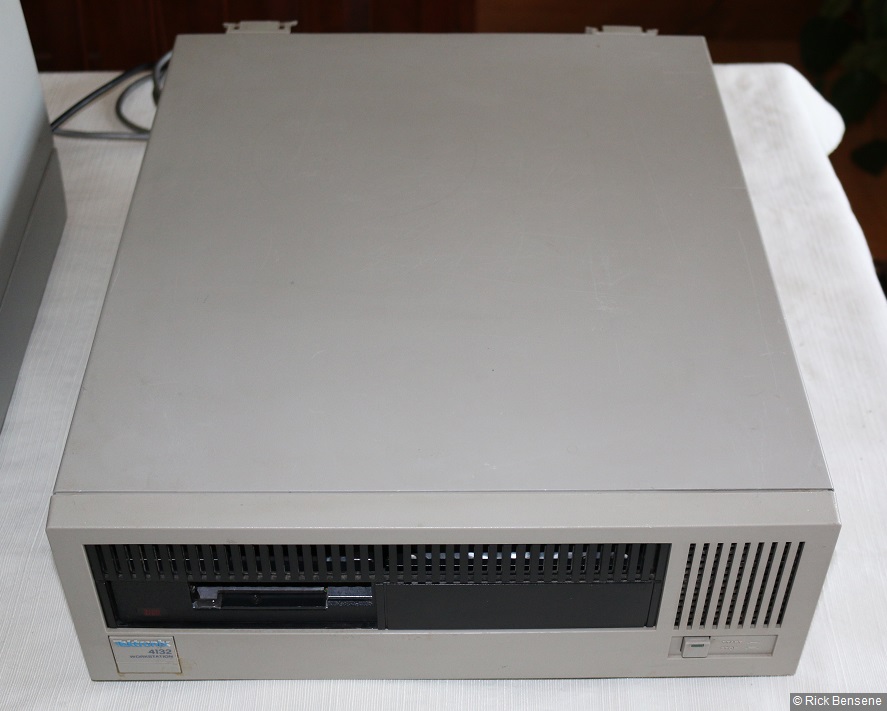
Fig. 2. The case of the 4132 is bigger than thought: width * depth * height is 42.7 * 69.7 * 15.5 cm or 16.8 * 23.9 * 6.1 inches.
Tektronix said that the 4132 is smaller than a PC, but a lot more powerful!
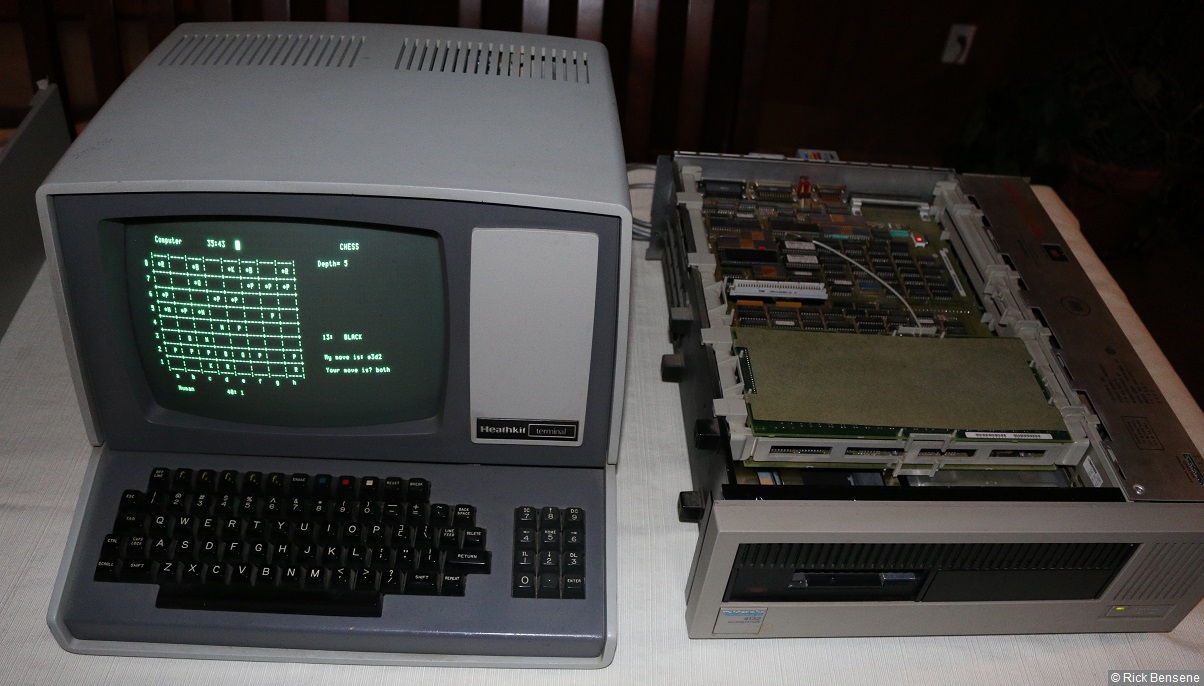
Fig. 3. The open case of the 4132 together with another oldie, the Heathkit H-19 terminal. Obviously Rick is playing chess against the computer.
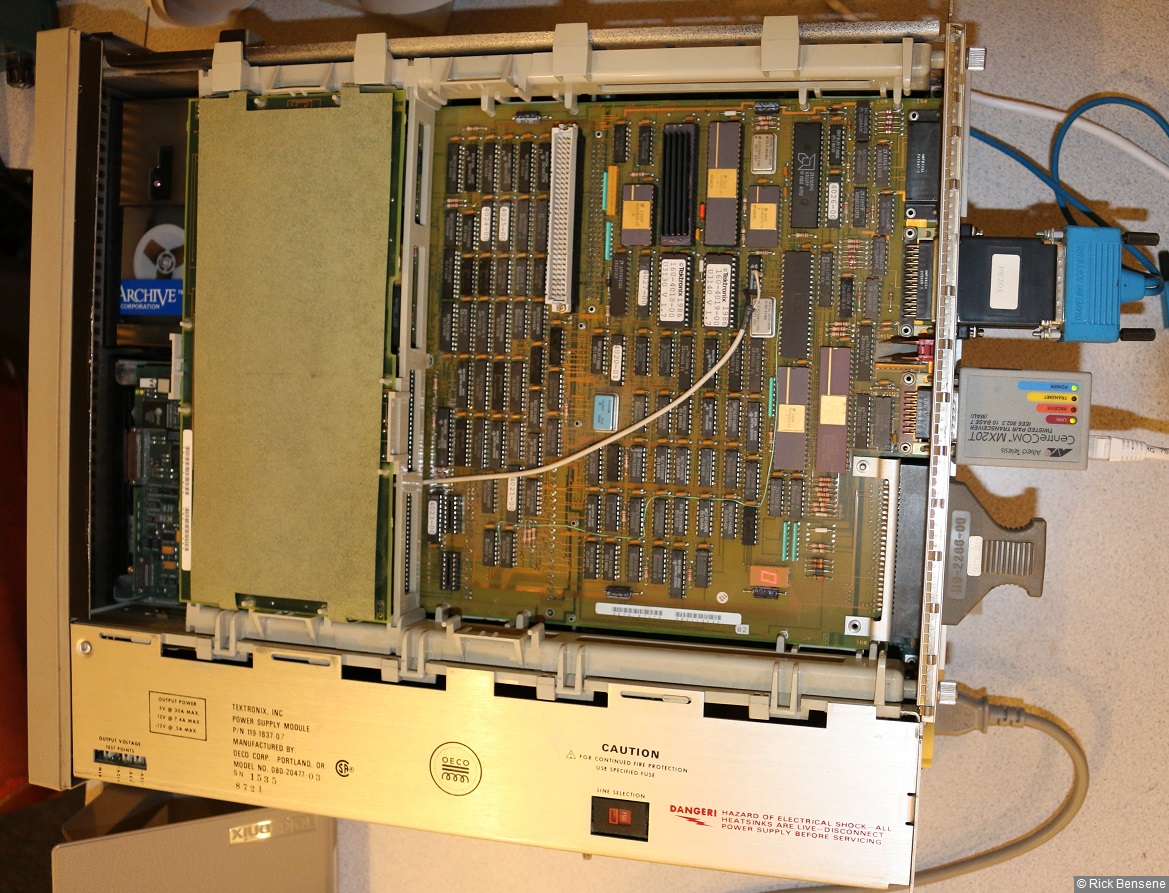
Fig. 4. A look at the big and impressive mainboard of the 4132. The support structure for the PCBs looks very robust. The power supply is at the lower part of the photo.

Fig. 5. The main Series 32000 parts together. The device with the heatsink on is the NS32016 CPU. The NS32081 FPU is specified for 15 MHz operation.
In Figure 5 two crystal oscillator modules can be seen. The 3.6864 MHz module is used to generate the baud rates. The other module delivers a clock of 25 MHz. Because there is no other clock source visible it must be connected to the NS32C01 TCU. But this would mean that the computer is running at 12.5 MHz, well beyond the specification of 10 MHz for any first generation NMOS CPU. Is this the first machine I see which is overclocked? Rick and I want to verify this.

Fig. 6. An interesting device: the Intel 82586 Ethernet Local-Area-Network controller. This device is specified for 8 MHz operation.
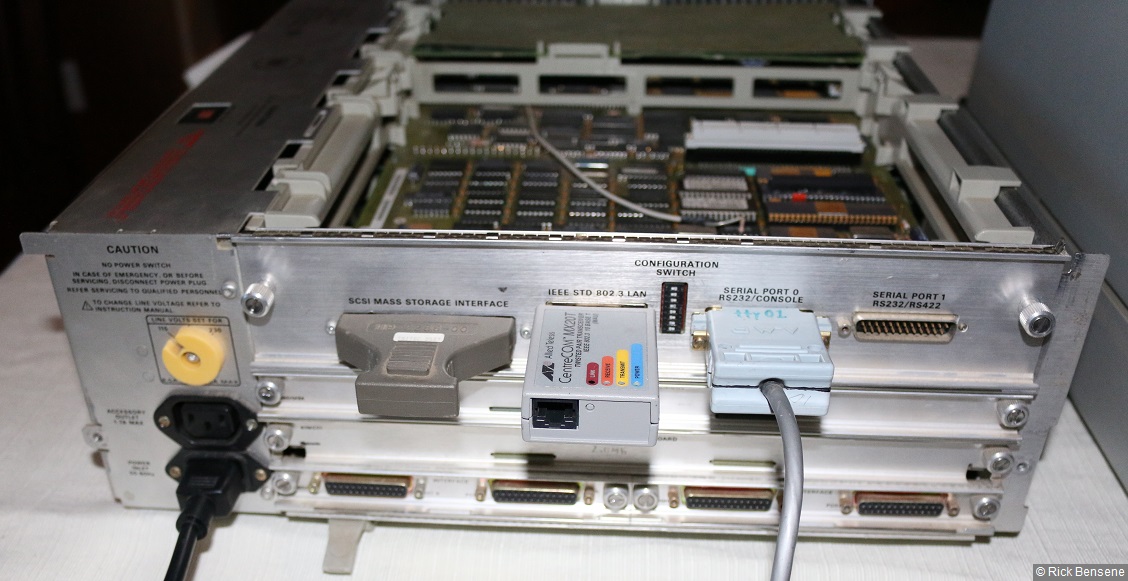
Fig. 7. The rear side of the 4132 with the three expansion slots.
The 4132 uses expansion slots for upgrades. Rick's machine uses two of them for memory upgrades. These slots hold a card like the one shown in Figure 8. The last slot at the bottom is used for two RS232 cards with each one providing two channels.
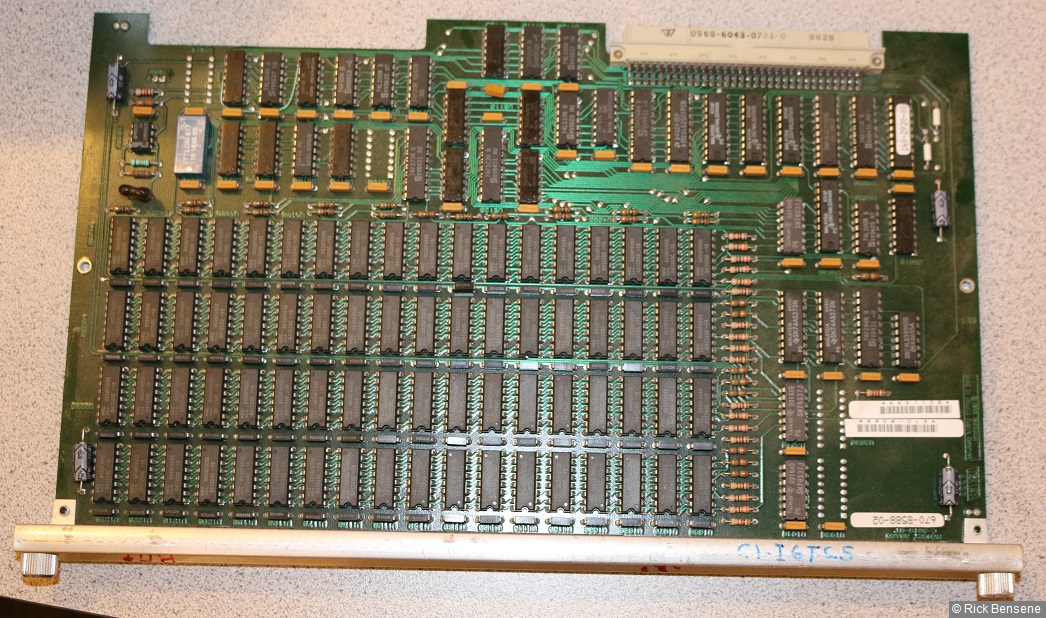
Fig. 8. 72 256-kbit and 150 ns fast DRAM chips from NEC make this 2MB parity protected memory board.

Fig. 9. A detailed view of the memory board showing two DRAMs from NEC.
Rick's 4132 has 7MB of main memory. This was a huge amount of memory in the old times requiring two hundred fifty (exact 252 because of parity) 256-kbit chips. Today in 2017 one chip provides 1 GByte...

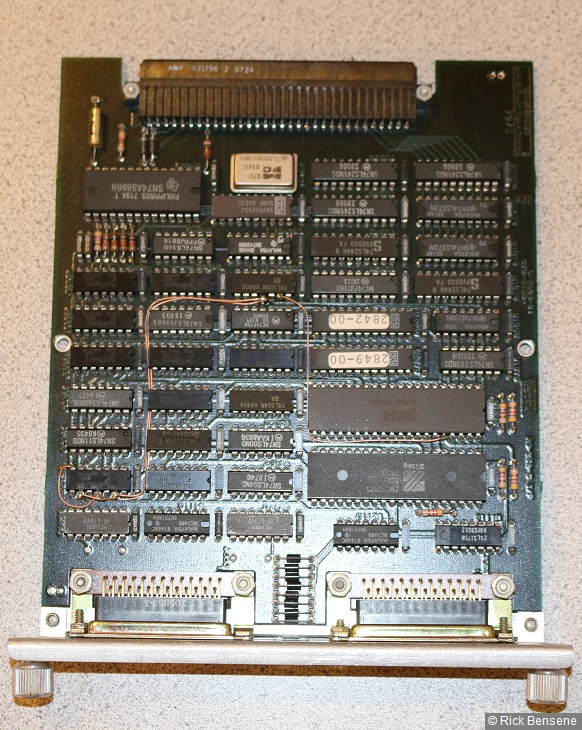
Fig. 10/11. Two Dual High Speed RS-232 expansion cards.
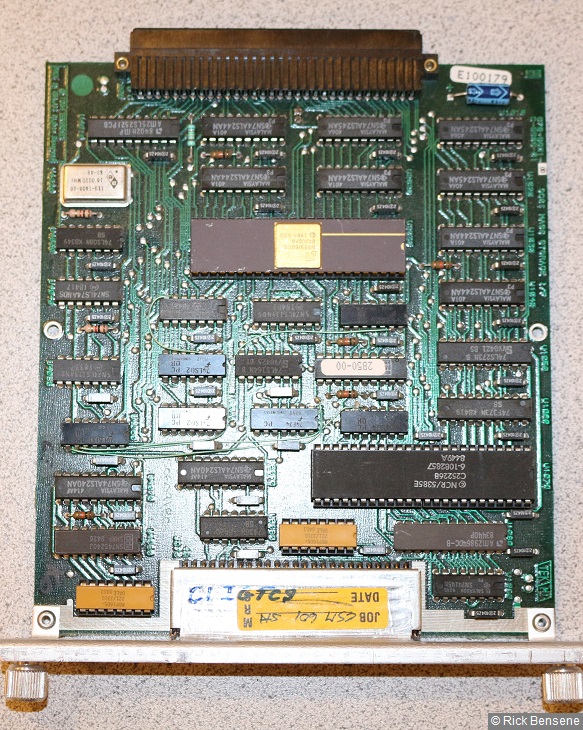
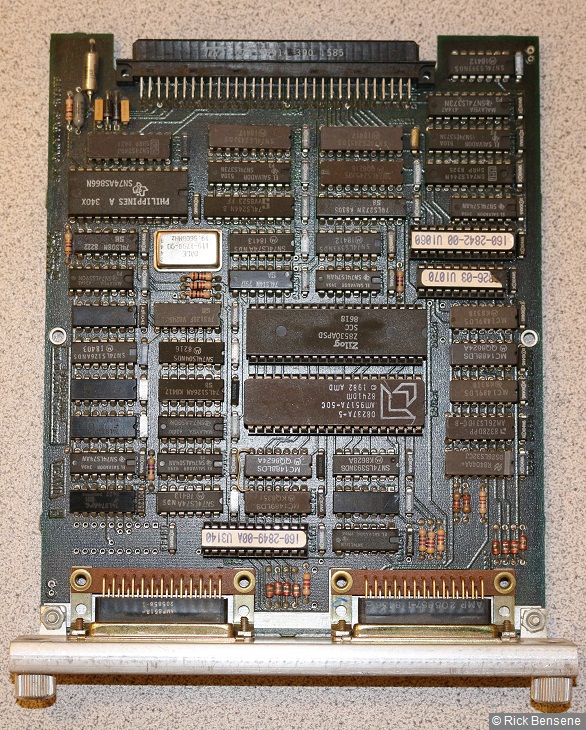
Fig. 12/13. Figure 12 at the left shows a SCSI expansion card. Figure 13 shows a Dual Sync/Async RS-422/RS-232 expansion card.
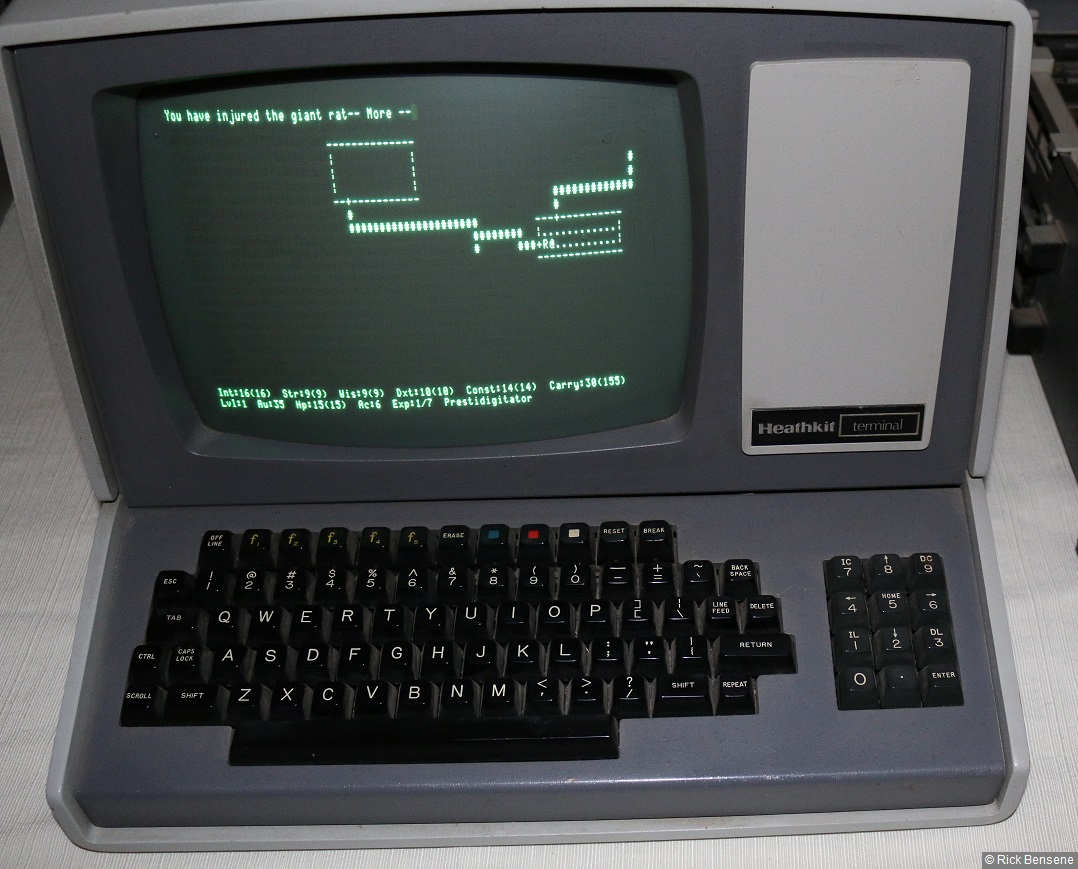
Fig. 14. Videogaming in the 1980's ...
Confirmation of 12.5 MHz Operation
Steven sent me a link to an old usenet post of an engineer of Tektronix in 1986. The post says that "The Tektronix Model 4132 is a 4.2bsd & Sys V based workstation that has a 32-bit processor (National 32016 @ 12.5 MHz),...".
May I doubt any more? No. I believe the engineer that Tektronix was overclocking the CPU (and the MMU!). It would be interesting to know whether this was done with the allowance of National Semiconductor. Tektronix is a company with a high technical reputation. Any failures at the customer were for sure not allowed. Maybe they used parts which were tested for 12.5 MHz operation before being used.
The full post can be found at https://groups.google.com/g/mod.newprod/c/8TeiW6_pTxA
Thanks to Steven for the finding of this post.
This chapter was last modified on 9 April 2025. Next chapter: Tolerant Systems